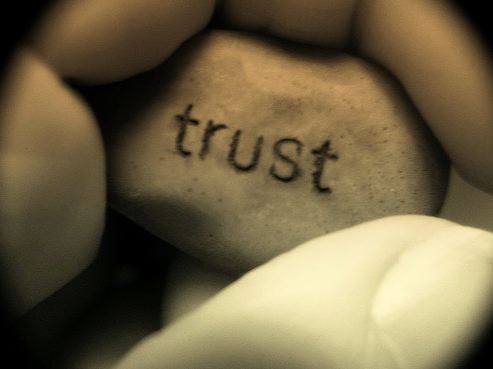 Of all the different marketing tools out there, the most nebulous, and also the most misunderstood, are these two — branding and positioning.
Of all the different marketing tools out there, the most nebulous, and also the most misunderstood, are these two — branding and positioning.
And since they’re misunderstood, they aren’t used correctly, leading to all sorts of problems.
Branding and positioning are extremely powerful. Used correctly, you will magically attract your ideal clients to you. Used incorrectly, and that same power can destroy your business.
So, let’s talk definitions. First, branding. No I’m not talking about logos, colors or slogans. Yes that’s a part of branding. But branding is a lot more then that.
Branding is really about your business’s core identity. (Not your personal core identity, your business’s core identity). That’s probably the easiest way to explain it. And yes I’m simplifying it some — but hang with me.
Branding is what your business represents. What your business is all about. Once you know this, and you have a strong core identity, the logos and colors and slogans all fall into place. But you need to have that core identity first.
Your positioning is how you stack up in the marketplace. How your ideal clients describe you and how you compare against your competition.
Your branding comes first. So the first thing you need to do is figure out your business’s core identity.
Not sure what I’m talking about? Okay let’s start with a quiz. Have you ever found yourself thinking —
* I don’t know what makes me different
* I can’t describe what I do for my clients
* I’m not sure why my clients hire me instead of my competition, but I know they love me — I get great testimonials from them
* I’m not sure and/or I can’t describe what my strengths are
* I’m not sure what I should be offering
* I don’t do anything different than what my competition does
* I can’t compete — I don’t know why anyone would hire me over my competition
* I never know what to say at networking events
If the answer is yes, you have a core identity problem.
So, how do you fix this? Well, I’m going to give you a few tips to get you started.
First off, write down everything your business represents to you. What you do, why this is important to your clients, what your vision is, what you feel your gifts/brilliance is, etc.
Next, write down what you want your clients to think of when they think of you. Write down everything, not just “good service and high quality.” I want you to write down things like “trustworthy, high sense of integrity and honor, expert in the field.” Things like that.
Now, I want you to go talk to your clients. Ask them why they hired you. Ask them how they would describe you to someone else. Ask them what they would say if they were recommending you to someone else. Ask them how they differentiate you from your competition.
Now compare the lists. What do you like? What don’t you like? What “feels” right? What doesn’t “feel” like you or where you want to go with your business?
Once you get a handle on this, you can take that and start building your business around it.





